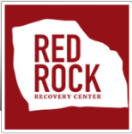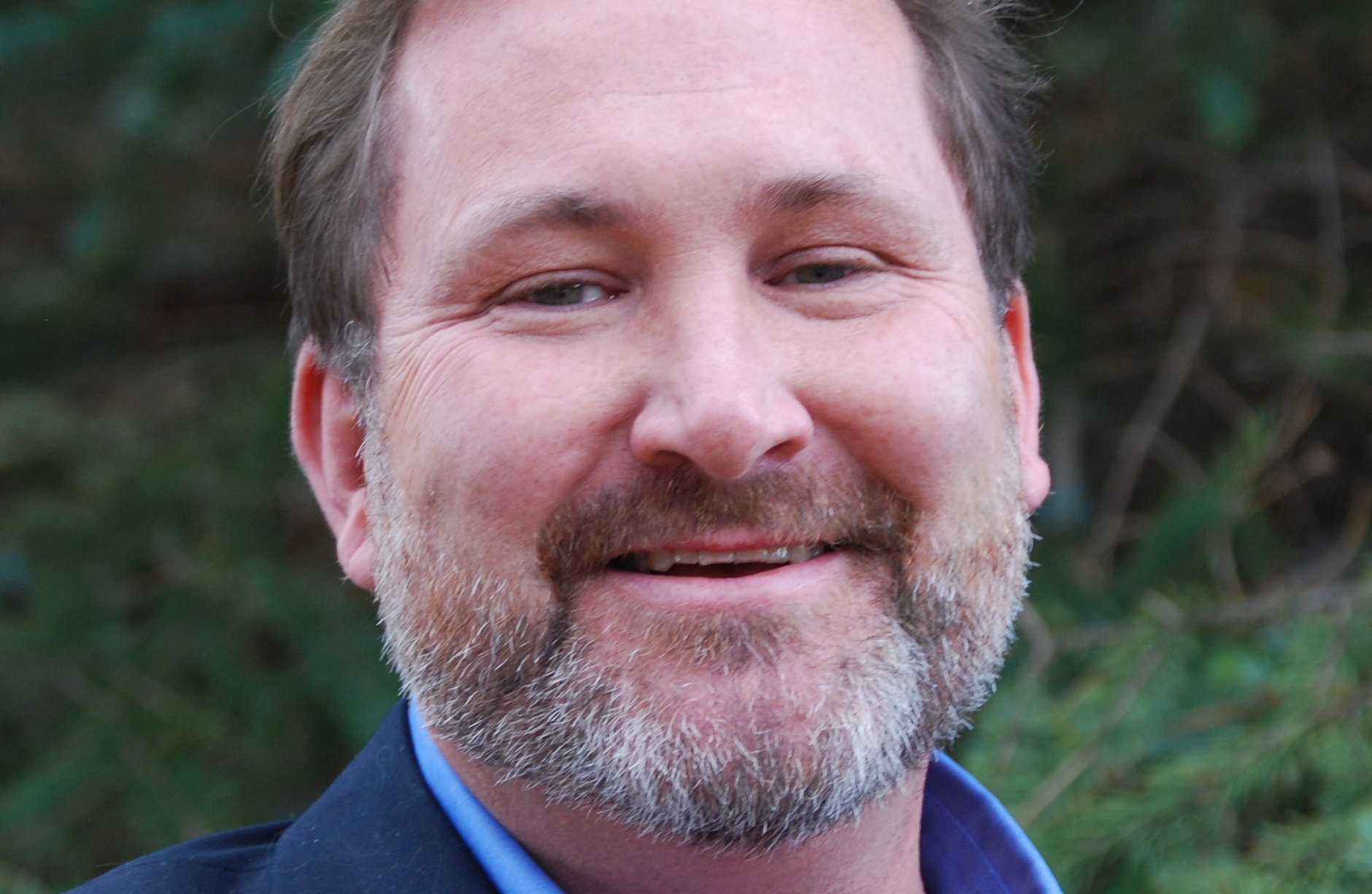Think back in your mind to a moment when you had a genuine connection with an animal. What was it about that animal that you connected to? What kind of animal was it? Was it a pet of yours, someone else’s pet, or even a wild animal? Now consider what that animal did for you emotionally/internally. Maybe you cried over the animal, maybe you couldn’t stop smiling, or perhaps you were simply content to be in the presence of it. Whatever happened for you in that moment, you had a connection to that being that was powerful enough for it to make an imprint in your memory. It’s moments like these, of genuine bonding and connection with another being that are one of the greatest purposes and intentions of Animal-Assisted Therapy (AAT).
AAT is essentially the utilization of the human-animal bond in the therapeutic relationship, which means that the therapist and animal (typically dogs or horses) are actually performing goal-oriented activities with the client.
Some examples of this are as follows:
- Asking the client to teach the therapy dog a new trick. This reveals inner beliefs about oneself and one’s ability, as well as, it teaches patience and delay of gratification for client and animal.
- Inviting the client to lead a horse around an arena obstacle course. This challenges oneself to step into a leadership role with confidence and become internally grounded and congruent emotionally.
- Motivating clients to explore their boundaries with the therapy animal. This allows a client to explore their emotional/physical/energetic boundaries with another being who is safe and non-judgmental.
In treatment for individuals’ suffering from substance use disorders, these interventions and many others, offer experiential and alternative ways of exploring the 12-steps, boundaries, impulse control, healing from mental-health related issues, and so on. A 2016 study conducted by Helen Brooks validates that pets provide security and sense of order that can often lead to a sense of meaning in an individual’s life.
The beauty of AAT being practiced at Harmony is that this offering to our clients is highly unique. The opportunity for individuals’ in addiction treatment centers to be able to work with animals is up-and-coming, and not something that most facilities offer. Harmony is progressive in this way. As a Counselor and someone who also participates in the treatment of client’s at Harmony with mental health concerns, I encourage those of you reading this who are interested in AAT services to look into the Human-Animal Bond Research Institute (HABRI) for more detailed and research-oriented information. HABRI offers significant resources that support the use of therapy animals, and even pets in general, in the treatment of addiction and mental health. For more information on how to train your own therapy animal to work in settings such as Harmony, please visit Therapy Dogs International, the American Kennel Club, and Denver’s Animal-Assisted Social Work Master’s program. Furthermore, please do not hesitate to comment or request further information from me, I appreciate and welcome any inquiry!
Author:
Alyssa Overton
MA Clinical Mental Health Counseling
Certified Animal-Assisted Therapist
Listen to her podcast here:












 Working within the field of addiction treatment provides unique challenges to professionals with respect to keeping boundaries while providing compassionate care. When individuals working in treatment centers are also in recovery—and both staff and clients are involved in community groups and fellowship—lines can blur with the best of intentions. The opportunities for all staff forming more of a friendly relationship and less of a professional one are also increased in residential settings. One common issue is “over sharing.” Sharing one’s story is an important piece of recovery. When, however, does staff sharing details of their story become more about the staff member than about the client? How much personal information should clients know about their treatment providers? Another issue can be the “physical comfort” aspect of fellowship. Many women in treatment have experienced sexual abuse and physical trauma and may also have deep rooted sex/love/relationship issues or addiction. How do staff manage this for themselves, in community meetings and in the milieu?
Working within the field of addiction treatment provides unique challenges to professionals with respect to keeping boundaries while providing compassionate care. When individuals working in treatment centers are also in recovery—and both staff and clients are involved in community groups and fellowship—lines can blur with the best of intentions. The opportunities for all staff forming more of a friendly relationship and less of a professional one are also increased in residential settings. One common issue is “over sharing.” Sharing one’s story is an important piece of recovery. When, however, does staff sharing details of their story become more about the staff member than about the client? How much personal information should clients know about their treatment providers? Another issue can be the “physical comfort” aspect of fellowship. Many women in treatment have experienced sexual abuse and physical trauma and may also have deep rooted sex/love/relationship issues or addiction. How do staff manage this for themselves, in community meetings and in the milieu?




